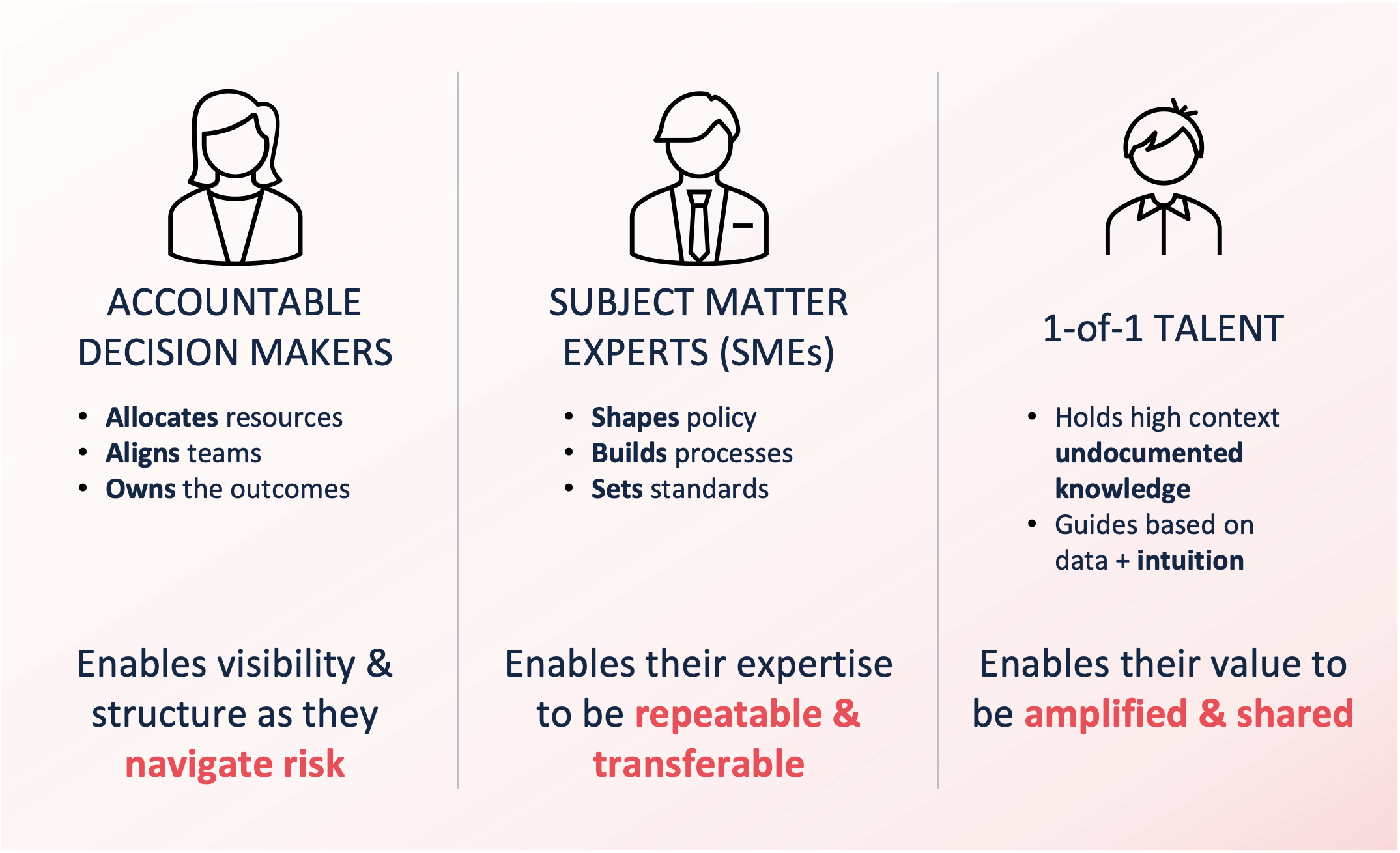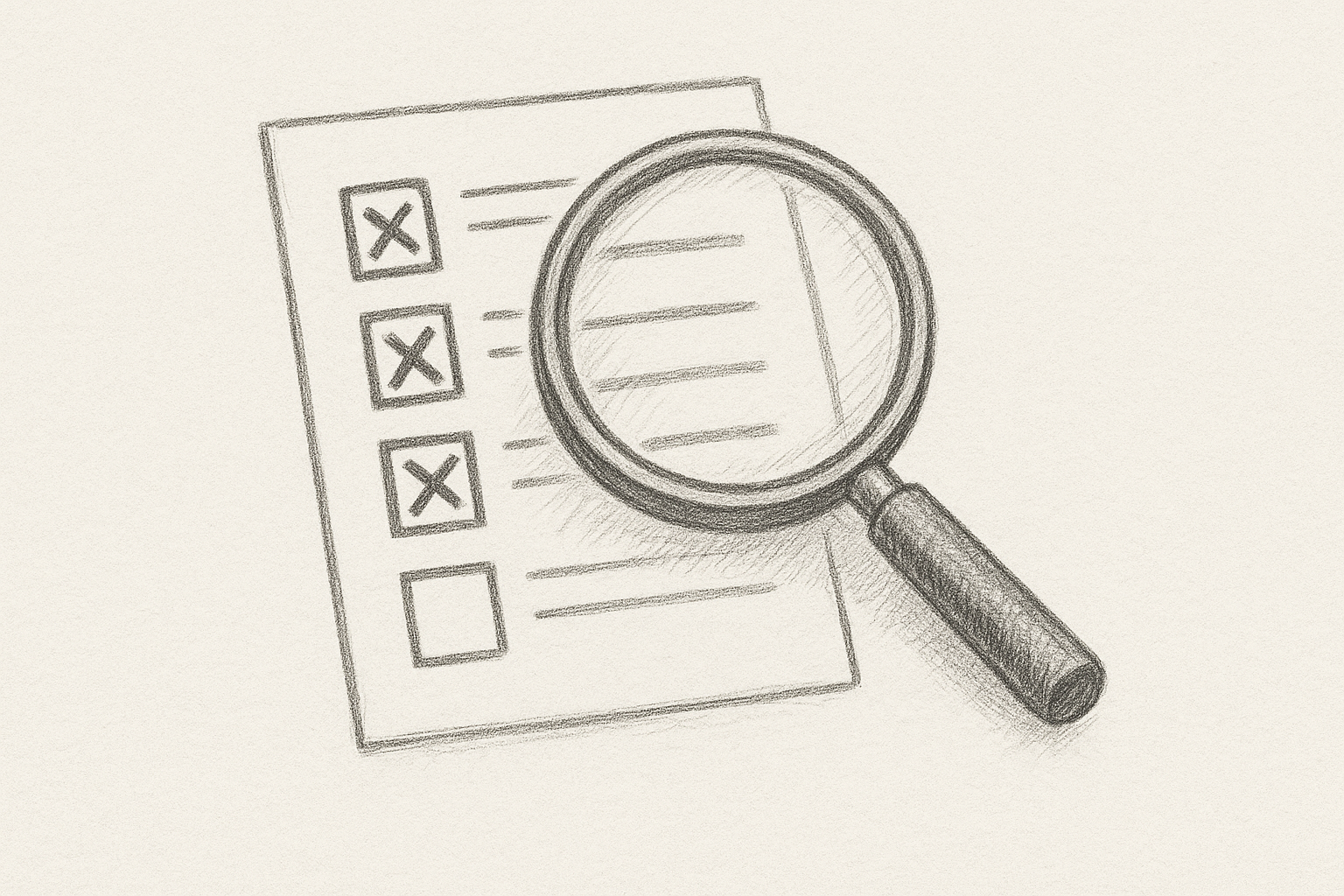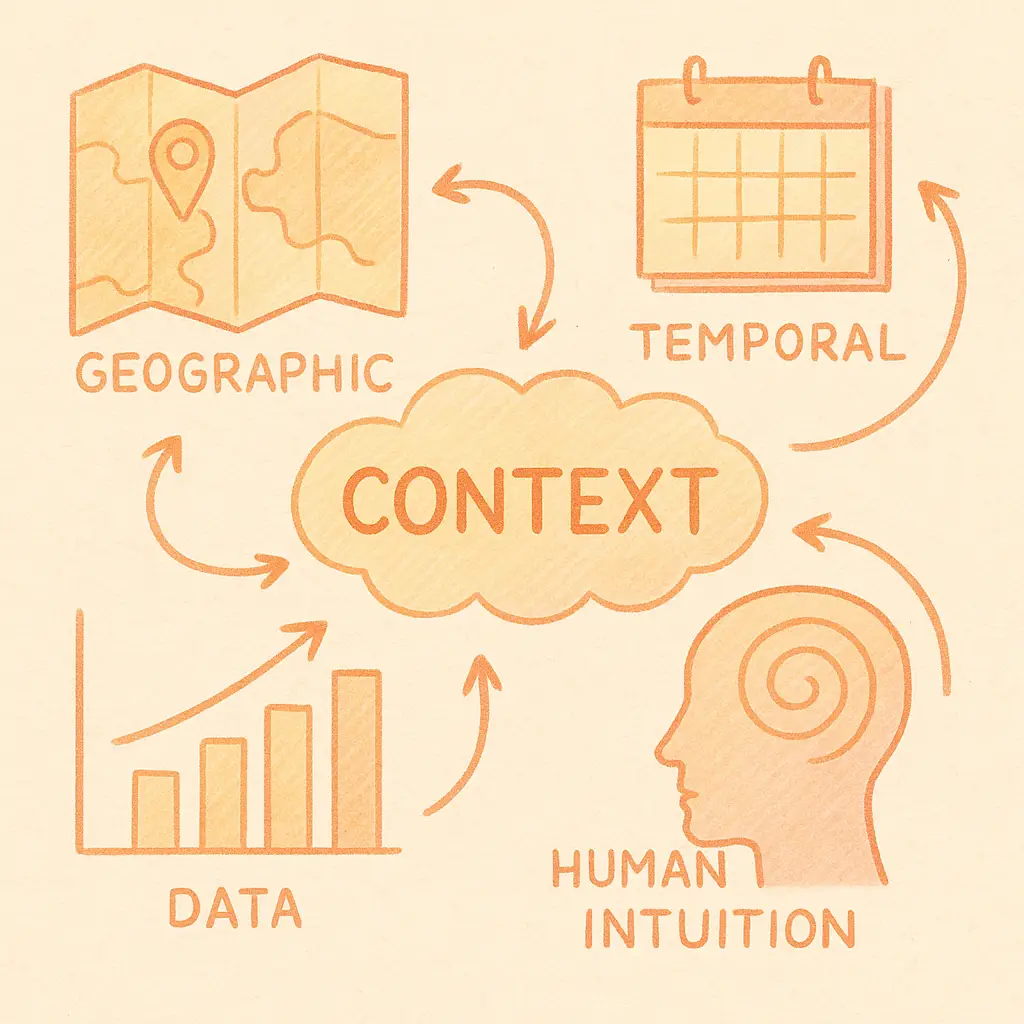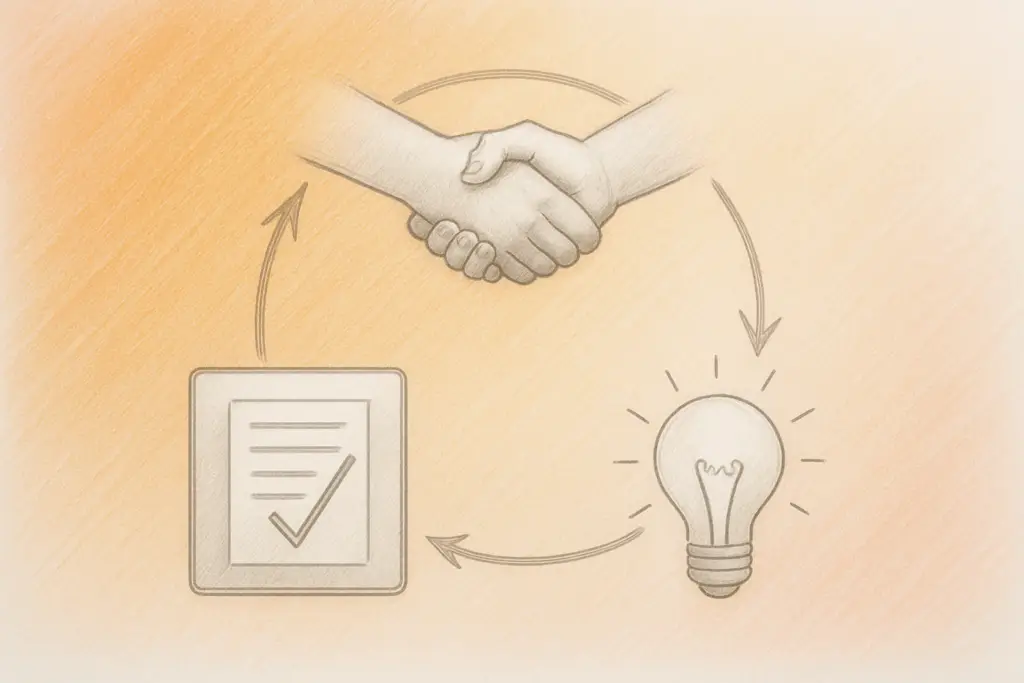When people talk about AI or automation, it’s often framed as either-or: humans or machines. But the real power is in the and. Humans and machines working together, each doing what they do best, to create a system that’s smarter, faster, and more capable than either one alone.
Why the Human Still Matters
Tech can process data, and increasingly suggest remarkably clever things we might do might with it. But it cannot accept risk, nor bear responsibility for consequences. In sensitive or high-risk situations (whether you’re making a critical business call, navigating ethical gray areas, or dealing with real human impact) someone has to take responsibility. That’s been and will continue to be the human role.
Humans bring context to our work. We understand nuance, emotion, social dynamics, and long-term consequences. Machines, on the other hand, don’t do instinct. They don’t understand reputation. They don’t pause and say, “Hold on, this feels off.” That human judgment and instinct is irreplaceable, especially when the stakes are high.
Why the Tech Matters
Now, flip it. The modern world runs on data. Often too much of it, in too many formats, from too many places. The majority of decision makers don’t have the time or tools to wrangle all this data, let alone analyze and leverage it for decision making in a meaningful way. That’s where technology thrives.
Technology doesn’t get overwhelmed. It can pull together messy, scattered inputs, harmonize them, and surface insights in seconds. What might take a team of analysts a week to understand, the right system can do in minutes, and it can do so consistently, without fatigue or bias. Tech fills in expertise and capacity gaps, allowing us humans to extend our reach into more complexity.
Why Human+AI Collaboration is a Game-Changer
Human+AI collaboration enhances efficiency and amplifies productivity, capitalizing on the unique strengths of both humans and tech, while compensating for the challenges.

For accountable decision makers, the ones who allocate resources, align teams, and own the outcomes, tech delivers clarity in moments of uncertainty. When they need to move fast and still make smart calls, technology offers them visibility, structure, and a second set of eyes. Technology doesn’t remove risk, but it helps leaders manage that risk.
For subject matter experts, tech makes their knowledge scalable. These are the people with years of experience, whose insight helps shape policy, process, and standards. With the right systems, their thinking becomes more than advice. It becomes repeatable, transferable, and embedded across the org.
And for the 1-of-1 talent, the person who holds the high-context, undocumented knowledge that keeps things running, this tech helps capture, systematize, and extend their value, without replacing what makes them unique. Instead of being a single point of failure, they become a high-leverage asset.
Bottom line: The most effective AI solutions today are designed to incorporate human collaboration and feedback, not to replace it with tech. With this collaboration in mind, you’re no longer limited by how much you can do in a day. You’re limited only by what you choose to focus on.





